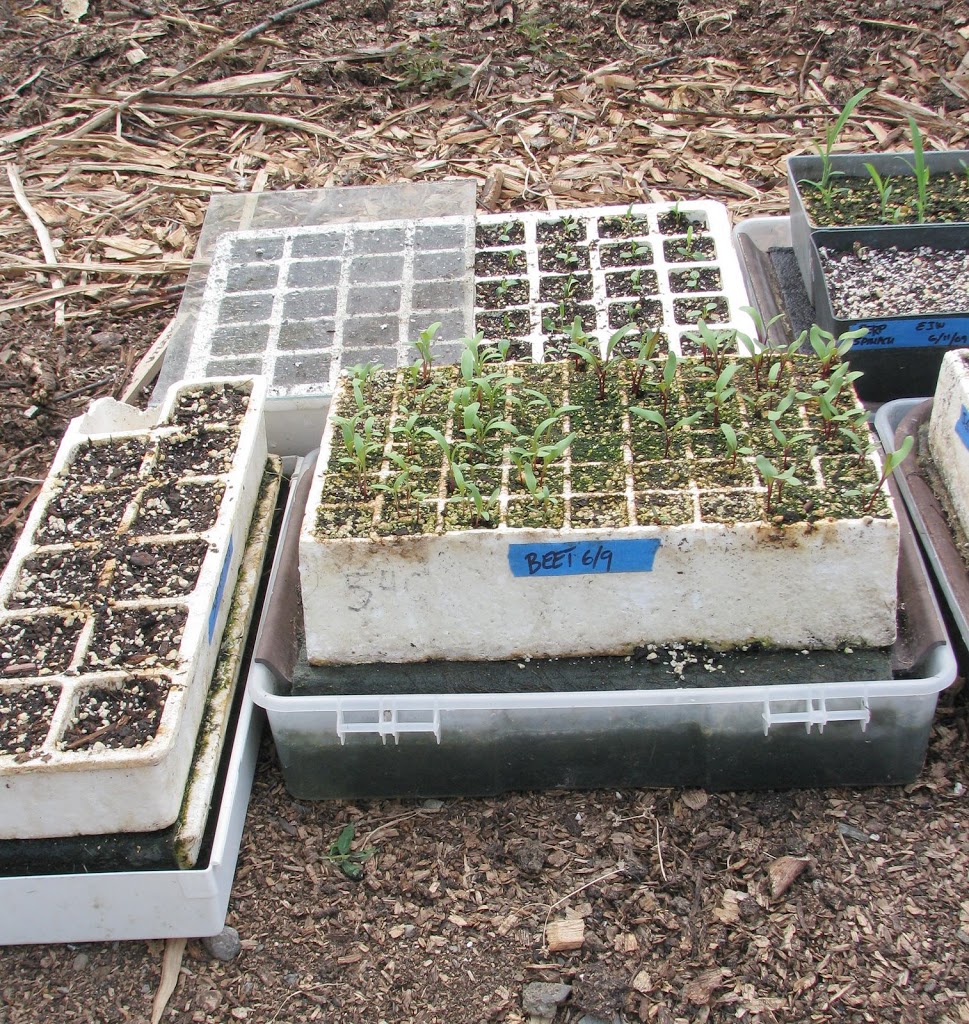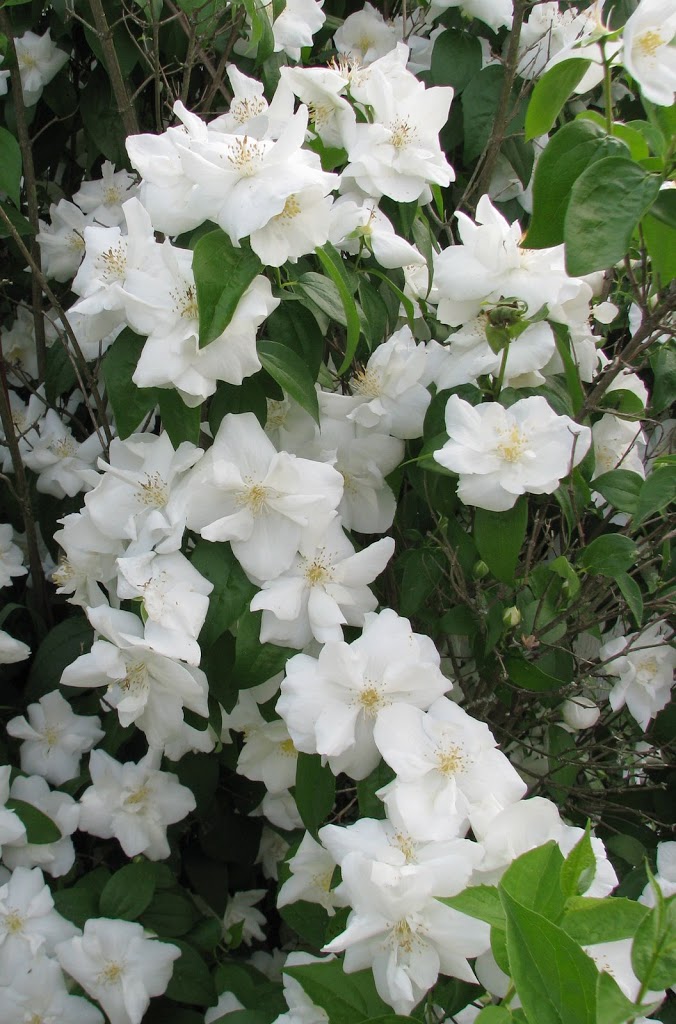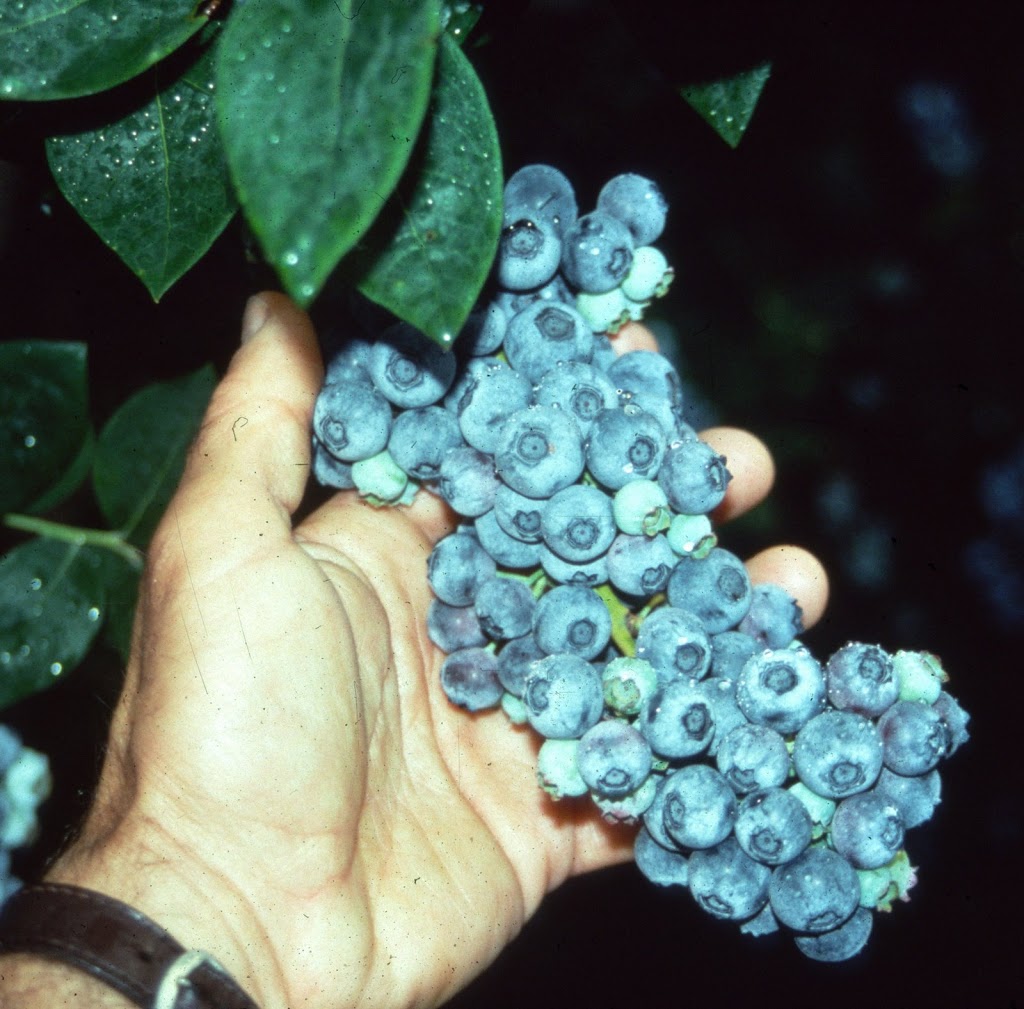[bean beetles, seed sowing for fall]
A reader wrote asking if I had any suggestions for thwarting Mexican bean beetle, a voracious pest of beans that resembles a ladybug except for being larger and yellow, rather than red, with black spots? The reader “tried ignoring them” (doesn’t work well) and then resorted to a spray made from pipe tobacco “tea” with a few drops of dish detergent added. She wrote that it “may have helped a little, but the bean plants eventually succumbed. It did smell good though.”
First off, nix on tobacco tea sprays. Tobacco tea sprays, like their commercially available pesticide counterpart, sold under the name Black Leaf 40, are highly toxic.
I deal with bean beetles by growing successive crops of bush beans. The beetles don’t cause much damage until after a couple of weeks of harvesting beans, at which point I just move on to harvesting from another bed that I had planted a few weeks after the first bed. I usually do three plantings a season, each sown as far from each other as possible and about a month apart. I thoroughly clean up infested beds once I start harvesting from a younger bed, packing the old plants into the compost pile and then piling on a layer of some other material, such as straw or manure, to get the bean leaves, stems, and old pods composting as fast as possible.
Because of the beetles, I no longer grow pole beans, which would stay in place to bear — and feed bean beetles — all season long. I don’t grow the usual pole beans, that is. I grow Scarlet Runner beans, which are a different species that is unappealing to the little buggers, and which bear beautiful, scarlet blossoms. The edible pods are fat, hairy, and ugly — but delicious.
****************************************************
I’m now in a flurry of seed planting. And no, it’s not because I forgot to plant everything beginning about two months ago.
Some of the seeds I’m now planting are for the fall vegetable garden. That would be Scotch kale, Fiesta broccoli, early Jersey Wakefield cabbage, beets, and Swiss chard. Other fall vegetables also need to be sown, but not yet.

I’m also sowing asparagus seeds for asparagus harvest the year after next and then for decades to come. Most people plant asparagus roots but the plants are very easy from seed, requiring mostly patience for the seed to sprout and then for first harvest. Growing from seed rather than from purchased roots adds a year until first harvest. If you decide this time of year to plant more asparagus, you anyway have to wait until next spring to get roots for planting, then another year until the first harvest, so it all comes out the same.
Last night’s soaking of asparagus seed in a small cup of water will speed their germination and today I’ll sow the seeds in a flat of potting soil, where the seedlings will grow through summer. Next spring, it’s out into the garden with them.
Some of the seeds I’m sowing this week are for perennial flowers for next year and beyond. Sown now, perennial flowers probably won’t flower this year but they’ll be poised and ready to flower beginning next year. Perennials are available in much greater variety in seed than plants, especially if the seed search includes mail order companies. And for the mere cost of the packet of seeds, I can grow more plants of any perennial than I could possibly find a place to plant.
I already count 56 seedlings, sprouting and ready to “prick out” into individual cells, in the flat of butterfly weed seeds I planted on June 1st.





Leave a Reply
Want to join the discussion?Feel free to contribute!